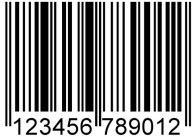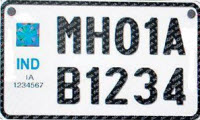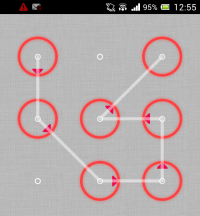Hello and welcome to the new series of lessons on Permutations and Combinations. This topic, which is a part of a much larger branch of mathematics called Combinatorics, deals mainly with questions focused on counting. Questions like “In how many ways is it possible to… ?” or “What is the possible number of …?”
Here are a few examples –
|B|ar|||Code|s||

You must have observed these stamped on almost everything you buy !
How many such different barcodes are possible?
How could the barcode be designed or modified so that there can be atleast 1000000 different codes?
Vehicle Registration Numbers

How many vehicles can be registered, given the format of the registration number on the left?
100000? 10000000? 999999999? What do you think?
p@sSw0Rd$

How much time would it require (worst case) to guess (or hack) a password or a secret code, which is 9 character long and can contain alphabets, numbers and some special characters like @#$%&*?
Well, one thing it will surely depend upon is – How many such different codes would be possible?
Smartphone Lock Screens

This looks familiar, doesn’t it?
Suppose you forget the code to unlock your screen, and you start guessing the code trying all the possible combinations (assuming there is no other way!).
How much time will it take you to guess the correct code?
Once again – How many different unlock codes could be possible?
Hmm.. That’s a tough one!
Problems such as these require a systematic and a logical way of counting to be answered correctly, and, in a reasonable amount of time. This topic is all about that – to count without counting!
We’ll begin with the basic principles of counting, and as we proceed, we’ll develop some advanced techniques which can help us answer a lot of complex counting related problems and ultimately – count the uncountable !
You may begin with the first lesson. Hope you enjoy the series.